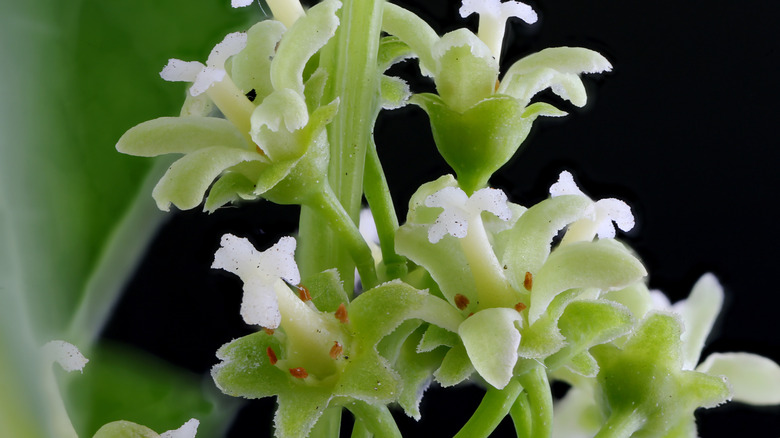How To Protect Your Yard And Trees From Bittersweet, An Invasive Vine
Widely planted as an ornamental vine and used in several floral arrangements, Oriental bittersweet (Celastrus orbiculatus) has become infamous for its aggressive growth. As the invasive vine prefers winding around its host trees, it quickly forms a canopy around them, blocking all access to sunlight and causing their demise. Moreover, as it grows thicker foliage over time, the added weight weakens the surrounding vegetation, making it incapable of defending itself against gusty winds and snowfalls. Oriental bittersweet can survive in both sunlight and shade and in many different types of biomes, making it hard to eradicate. Further, it can also spread by both roots and seeds, so this vine could quickly overtake an area.
The bittersweet plant also worsens ecological diversity by displacing the native American bittersweet (Celastrus scandens) variety. So, it's essential to manage this pesky invader before it aggravates ecological loss. While removing its root system can help gain effective control, it may not be possible for well-established vines. For older growth, you must cut down the stems and keep pulling out new shoots to exhaust the root system completely. You can also apply a concentrated herbicide to the rooted stems to control the infestation.
Spotting Oriental bittersweet growth
Before delving into essential bittersweet lawn control methods, you must first learn how to identify this invasive growth, given its close resemblance to the rarer American bittersweet species. Oriental vines have alternately arranged round leaves with toothed margins that can grow up to 3 or 4 inches along the stem, in contrast to the more football-shaped scandens' leaves. Moreover, these leaves take on a lively yellow hue before fall sets in. Their younglings have smooth, green-colored stems, which later turn reddish brown and develop a fish-netted texture, measuring almost 10 inches in diameter.
While the woody vines can climb almost 60 feet, their length is usually limited by the surrounding trees' height. Being dioecious, they grow separate female and male flowers, with the former blooming in clusters of two to three yellow-green blossoms down the whole length of the branch, barely measuring ½ inch. These blooms give way to yellow fruits during the summer that stay on even during the winter once they have split in the middle to reveal a red center in the fall. In contrast, American bittersweet only grows fruit off of the end of the stems, and these fruits are completely red instead of yellow.
Methods to control Oriental bittersweet
The first step to controlling young bittersweet growth is to manually unwrap the invasive vines from the plants and pull them out, including their root systems. However, to get rid of mature vines, you must first pull down their tops from the host trees and use the window-cut method to cut their stems twice, once at ground level and the other at the line of sight. If you don't want to cut them, you can allow the woody vines to air-dry and follow up by digging out their orange roots. You must continue to remove any new seedlings for a couple more years to prevent them from establishing new roots.
Another option is to apply an herbicide containing triclopyr or glyphosate to the perennial's bark and roots. While you can use this weed control method throughout the year, it yields the most benefits when applied to dormant vine growth, usually between late fall and early spring. Applying during this time of year could also benefit other nearby trees, as they'll sustain less damage from the herbicide. An alternative method involves following a more targeted approach where you apply limited herbicide to the cuts made in the stems if they are 1 inch wide and aren't closely intertwined.


